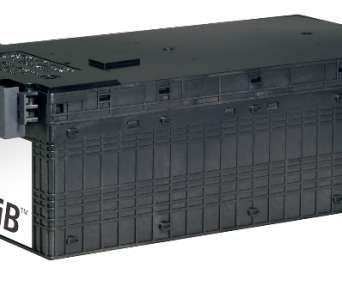Researchers identify new class of non-flammable electrolytes for Li-ion batteries
Green Car Congress
FEBRUARY 11, 2014
Balsara at UC Berkeley, have identified a new class of nonflammable electrolytes based on functionalized perfluoropolyethers (PFPEs) for lithium-ion batteries. In addition to being nonflammable, PFPE exhibits very interesting properties such as its ion transport. —Dominica Wong, lead author. —Prof.








































Let's personalize your content